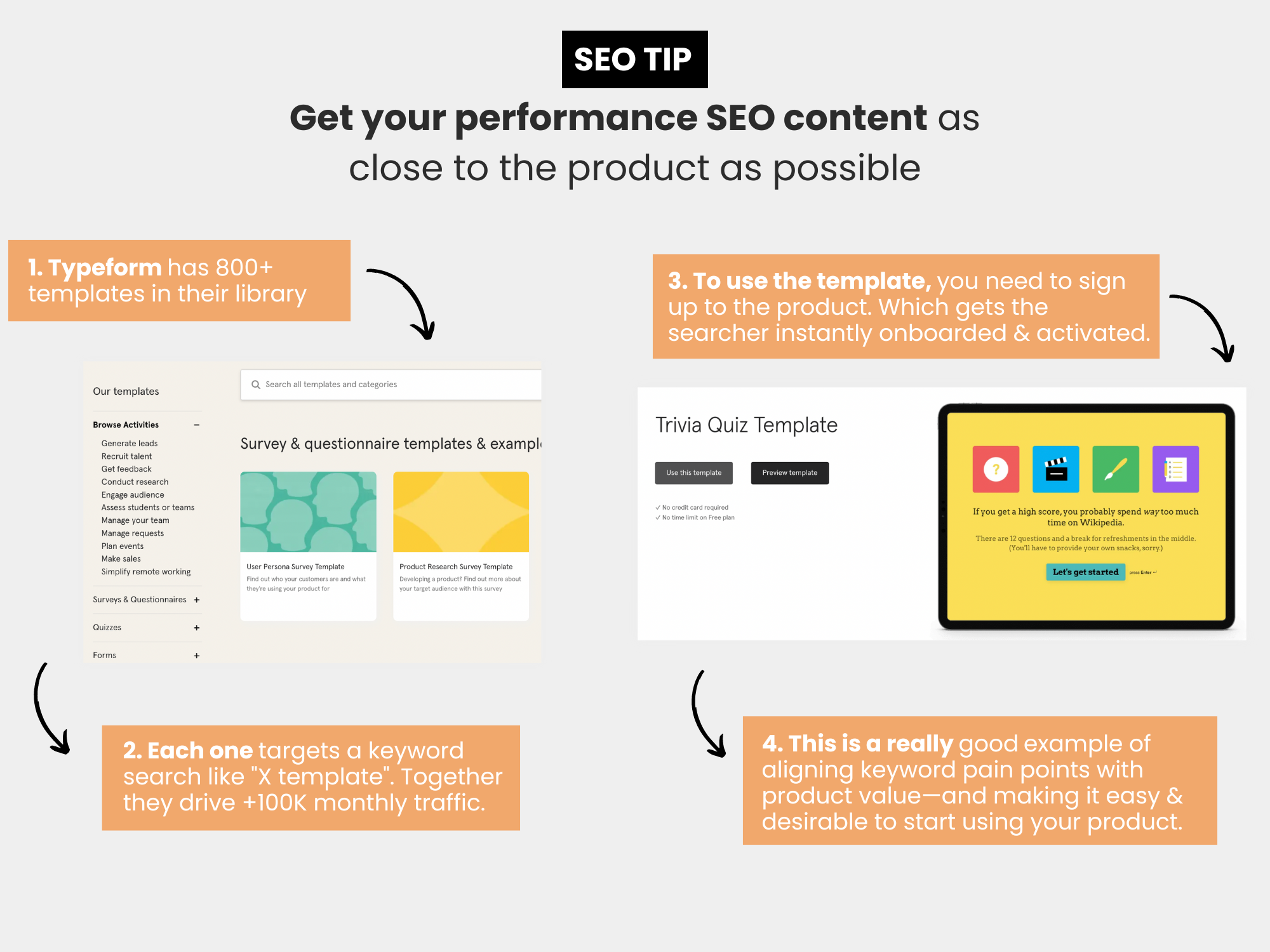
This Week's Podcast
In the final episode with Adam Smith, we look at the keyword research system behind his "beast" SEO case study.
Here's the background on the niche site:
- He bought an aged domain (DR 27)
- He wrote 4 million words (2,300 blog posts)
- It's currently at ~40,000 monthly visitors in <6 months
We've already heard:
- How to identify a profitable niche to target.
- How to leverage aged domains to fuel traffic growth.
In this week's episode, we explore how to raid competitor sites for content ideas that you're all but guaranteed to win.
Adam calls the system "tomb-raiding SEO", and it's the exact process he used to build the content strategy for the "beast".
📖 Read the strategy (Must be a premium member)
🎧 Listen here (Free to all)

This section suggests an experiment you can run on your site to boost traffic. The insight comes from the How the F*ck podcast.
Got a piece of content you really want to rank, but it's stuck?
Here's a really quick experiment to run:
- Choose your core keyword, e.g., "marketing software."
- Search Google with this query: site:yourwebsite.com "marketing software" to find all pages on your site containing that keyword.
- Open these pages in your CMS (e.g., WordPress, Webflow).
- Add 5-10 internal links with exact match anchor text ("marketing software") to the page you want to rank higher.
- Go to Ahrefs or SEMrush and check your "best by links" page report.
- Insert internal links from your top 5 pages to your target page, only where it makes sense, and add new paragraphs if needed.
- Observe the results.
Internal links help:
- Share "link juice" authority to your core page.
- Coach Google what the target page is about (via anchor text).
- Indicate which pages you consider more important (likely crawled more often).
Give it a try and let us know how it goes! ✌️
This section tells you about a killer soundbite from a previous How the F*ck episode and what we learned.
Heard of minimum viable content?
It's the strategy of:
- shipping content before it's ready
- letting Google digest and index it
- adding the final sprinkles of magic only when it gets traffic
This helps you prioritize content that's taking off, and stop wasting time on "performance-focused" content that never leaves the dusty corners of the internet.
Here's how monday.com does this (from the part 2 SEO case study of monday's SEO strategy here).
This section highlights a powerful tip for growing traffic that you may have missed from previous case studies. It could be a quote or an experiment.
A few weeks ago, I shared this carousel on LinkedIn on product-led SaaS SEO tips.
The tip below comes from my Premium case study with the ex-Head of Growth at Typeform.
Here it is again:

When I talked to the SEO team at monday a couple of weeks back, they mentioned seeing success with a similar template strategy.
This approach is especially effective for certain SaaS product types. If your product:
- Has thousands of use cases (e.g. a Survey Maker Tool, which can be used for so many tasks, like gathering feedback or creating quizzes)
- Has a product-led growth motion (allowing users to sign up and begin using the product instantly)
With such low barriers to value, your product can fulfill search intent by itself.
Next week, we'll be speaking with Eli Schwartz, former Director of Growth at SurveyMonkey.
Stay tuned for insights on product-led SEO and templates!



